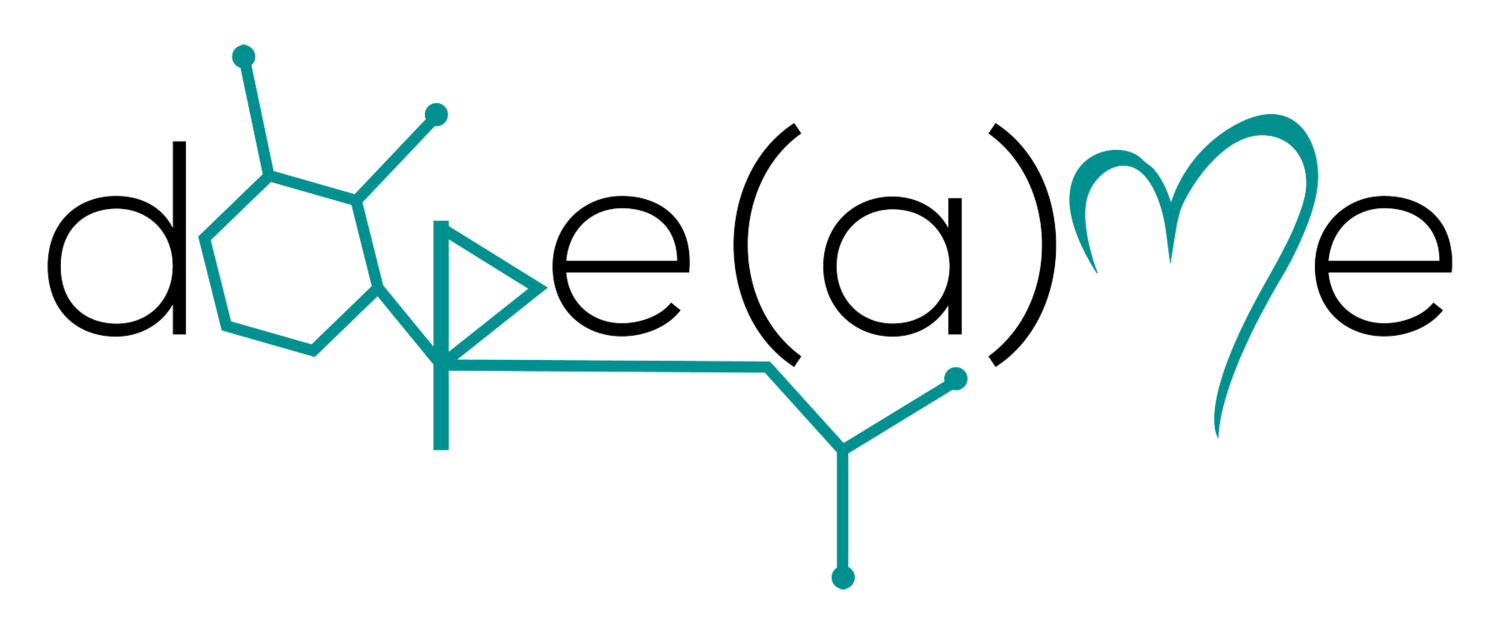The more I learn and experience the wonders of the human body, the more amazed I am at what it is capable of and what it holds onto. The body is a living and breathing storehouse of your past and the meaning you have made, consciously, subconsciously and unconsciously. Your life’s narrative is written on the biological pages of your fascia.
How we breathe and how we move (among all of the other “how we ‘x’ statements) is either sustaining, creating or atrophying our body and the trillions of cells we are composed of. The purpose of this blog post is to focus on one fascinating aspect of our nervous system and how we can support ourselves to release stored charges before they build up to become larger issues.
A bit about breathing:
When our vital organs are receiving the oxygen they need, there is a positive correlation with glucose levels and nitric oxide - which is a chemical that reduces inflammation, and supports the free flowing and open communication within our entire bodily system. When communication is happening with ease internally, we can trust the flexibility and resilience that emerges, and every exhale becomes an opportunity to rest, restore, and regenerate. When there's enough carbon dioxide present, the oxygen we breathe in that hitches a ride on the red blood cells to travel through the body can be released and utilized in the busy tissues where it’s needed.
If we don't engage in movement, physically or by way of emotional release, after quicker breathing that is preparing for action (as is the case when we experience a mental stressor without physical exertion or release), our body doesn't have a natural intervention, and instead, we adapt to lower levels of carbon dioxide as the new baseline and we get trapped in a quicker breathing rhythm that is maintaining dysregulation in the nervous system.
As the threshold for carbon dioxide is reached, your brainstem triggers your diaphragm to facilitate an inhale. What’s fascinating here is that we each have a different threshold for carbon dioxide, and this can lead into chronic dysregulation when carbon dioxide tolerance is lower than what is actually optimal.
Why does this matter?
Because if your brainstem is triggering a quicker breath than what is optimal, that will keep your nervous system in a state of hypervigilance and occasionally or chronically in a place of shutdown, and we do not have access to our innate ability to heal when in this pattern.
A simple place to start is to recognize when you are experiencing a mental stressor and get your body moving. Shake, wiggle, reach, bend, bounce, punch, push, pull, cry, scream, holler, make noises, etc. Use the actions as a way to reconnect with your breath as you release what was building and guide yourself back into a place of feeling calm and connected. This will ensure that you are not moving further into patterns of stuckness in dysregulation and a new pattern of feeling what is real in each moment while training your mind and body to come back into a place of safety and regulation.
What if your habitual pattern of breathing is already quite dysregulated (over breathing and under breathing)?
This is where is starts to get a bit more complicated. Start with awareness. Notice how you breathe, what patterns arise for you, and what it feels like when you practice slowing your breath down for a sustained period of time.
In my next blog post I will dive deeper into how we can retrain our breathing to be more conducive to optimizing our mental and physical well-being.
Are you fascinated by the potential we have in our body? Are you curious to learn and explore what’s possible when you truly understand how to breathe? Do you desire an immersive, flexible and explorative journey to embody this wisdom in your fascia? Join me for my year long program, Space to Breathe



